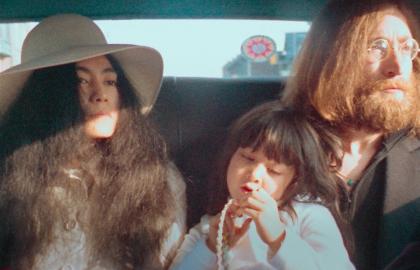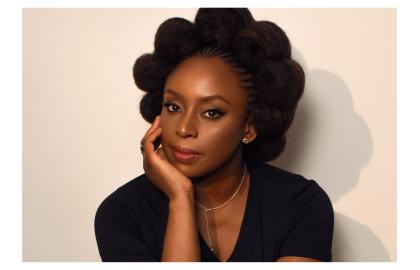Francisco de Goya y Lucientes moved between light and dark, between the ideals of the Enlightenment and the shadows of Romanticism. He opposed delusions, abuses of power, and human ‘caprices’ (Caprichos). At the close of the Age of Reason, he descended into the darkest recesses of humanity – and of himself. His images of witches, cannibals and executioners, of shootings and severed limbs still unsettle us today. They stare blind violence directly in the eye. Goya does not moralize; he diligently observes, growling and biting like a dog in the surf.
Is there no shred of hope left for us? Are we descending together into Dante’s Hell?
‘The sleep of reason produces monsters’ is the caption to one of Goya’s most famous etchings. The artist has fallen asleep while working. A leopard lies at his feet; nocturnal animals spread their wings overhead. Where the dream begins and reality ends is an open question. In the Prado, you can read Goya’s more detailed explanation: ‘Fantasy, abandoned by reason, produces impossible monsters; united with her, she is the mother of the arts and the origin of marvels.’ For Goya, it is not either/or but both: reason and imagination, reality and dream, witness to history and visions of the future. Goya was ahead of his time. In this changing world, he continues to inspire.
The transition from darkness to light runs throughout the Bozar programme. You can hear it in the finale to Dmitri Shostakovich’s 10th symphony, composed in 1953. After the terror of Stalin, he could finally breathe again. Two decades later, it resurfaces in the work of Yoko Ono and John Lennon. During the Vietnam War, they spread their message far and wide, using imagination as their weapon. Unlike Goya, they chose white, light, and clouds – and the path of non-violent resistance. Imagine… With imagination and goodwill, it is indeed possible to stop a war.
Dream Count is the title of Chimamanda Ngozi Adichie’s latest novel – a phrase that can be read both literally and figuratively. During lockdown, Chiamaka, one of the four women at the centre of the story, looks back on her ex-partners. A friend calls it her ‘body count’. Chiamaka prefers to say ‘dream count’: a tally of reveries, hopes, expectations, and the countless moments when love prevails.




